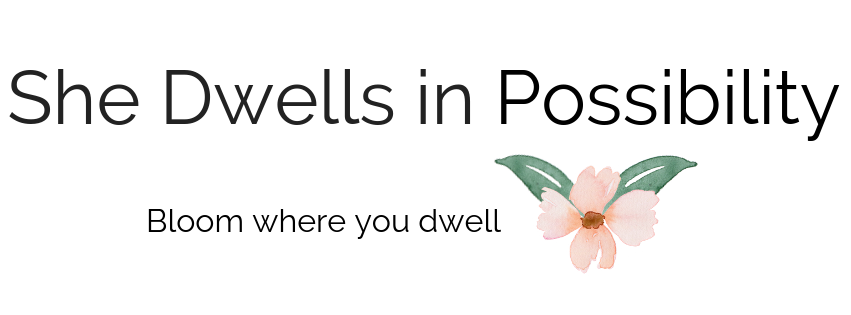Lately, I’ve been having a lot of those days. You know the ones I’m talking about: the kind of day where it feels like you’re working every minute and running from one place to the next, non-stop–and yet, somehow, at the end of the day, there’s still so much left to do. It’s like you haven’t moved an inch, in spite of the fact that you haven’t been still for a moment.
Peter Bregman refers to days like this as a good example of the difference between being productive and being busy. What’s the distinction between the two? “It’s the difference between running on a treadmill and running to a destination,” Bregman writes. “They’re both running, but being busy is running in place.”
In other words, you can be really busy every single day and never get where you’ve been hoping to go.
In You Need to Practice Being Your Future Self, Bregman explains that productivity depends on asking yourself two important questions: Who do I want to be? and Where do I want to go? Quite often, the person we hope to become has to take a back seat to the person we are at the moment, because we all have obligations and responsibilities that have to be attended to in the here and now–we all have multiple purposes in life, as I mentioned in Part 1 of this post. But, as Bregman notes, you’ll never get where you want to go unless you spend some time moving in that direction.
That idea is something I deal with in my work as a professor of creative writing fairly often. Over and over again, students come into my creative writing classes saying I want to be the next J. K. Rowling (or Stephen King, or Neil Gaiman, or John Green.) But how much time do they actually spend on their writing? Oh, I hardly ever have time to write. That’s why I’m taking this class. I explain to these students that they aren’t going to become professional writers by sitting in a classroom for 150 minutes a week. That goal will only be achieved by writing a lot, and revising a lot, and reading a lot–because you have to feed your brain if you hope to encourage it to produce something. Writing classes are helpful, but they’re only one small step toward that future self.
Writing, revising, and reading are steps my students can take toward becoming their writer-selves right now. But most of the time, those students respond by telling me there’s just no time for writing while they’re still in college. That writer-self is pushed into the nebulous someday of a future life. And, not surprisingly, that self rarely comes into being.
College students have legitimate responsibilities that consume their time in the present moment–no doubt about that. But so do parents. So do single adults with full-time jobs. Responsibilities never go away, much as we’d like to believe in the idea of a future where our time is entirely our own. That’s why it’s so important, Bregman argues, “to spend time on the future even when there are more important things to do in the present and even when there is no immediately apparent return to your efforts. In other words — and this is the hard part — if you want to be productive, you need to spend time doing things that feel ridiculously unproductive.”
As a writer, I’ve always spent a lot of time doing things that are potentially unproductive–like writing novels that may never be published, or writing blog posts that may be read by only a handful of people. But if my goal is to be a person who is known for her writing, then I have to write on a regular basis. It really is that simple. Whether I’m known for my work or not at the moment isn’t the relevant question. If that’s who I want to be–if that’s where I want to go–then I have to set a course for my future self right now. I have to do that even while knowing that I may never get there, but also knowing I surely won’t if I don’t even try.
That’s easier said than done, I realize. If you’re anything like me, you feel like you have to get everything finished in the here and now before you can even begin to think about the future. You have to create space by putting the present to bed, the way you might a small child, and giving yourself some room to think about something other than the moment at hand. You certainly can’t think about the future while the present is right there in front of you, begging you to answer emails or run errands or do whatever else it needs, right? First things first.
Bregman encourages us to think about that balance differently. “Sometimes,” he writes, “you need to be irresponsible with your current challenges in order to make real progress on your future self. You have to let the present just sit there, untended. It’s not going away and will never end. That’s the nature of the present.”
Which is true, of course: the present is the here and now. It’s always here. Every moment is now. And that means that if I put off answering emails until after I write that blog post, I’ll still be answering them in the present. Just a slightly different version of the present–one that includes a few more words that I’ve written and sent out into the universe, in the hopes that someone will read them and find them helpful. One marked by a few more of the footprints I’ve left behind as I move toward that future self.





1 Comment
Wonderful. Please keep writing. Even if no one comments, please know that what you write has an impact – both on yourself and others.